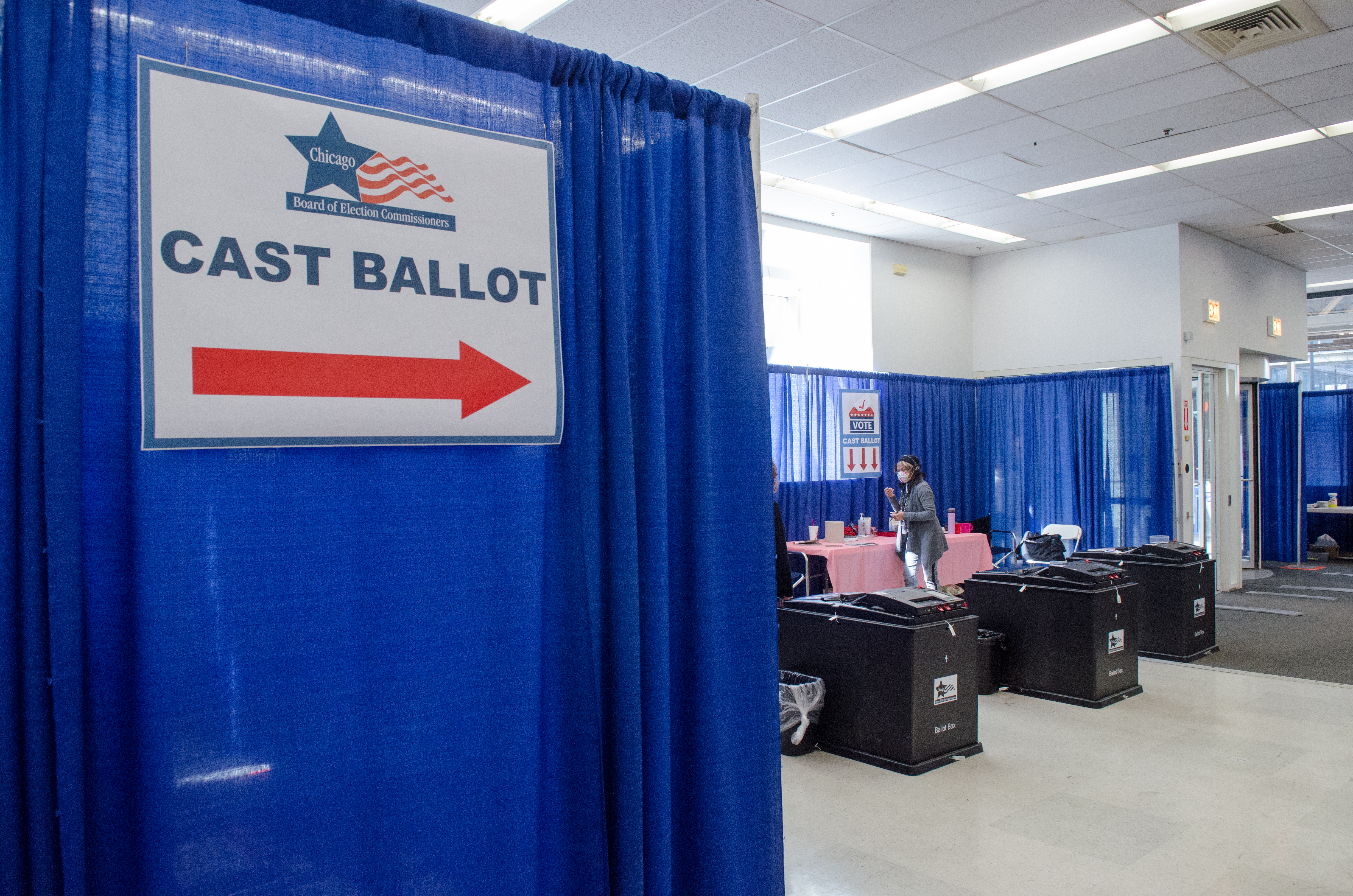The Hunter's Supermoon, the biggest full moon of 2024, will take to the skies later this week, occurring within mere hours of the moon’s closest approach to Earth.
Here’s what you need to know about this month’s full moon, and what makes it so unique.
When will this month’s full moon take place?
According to NASA, the full moon for October will officially take place at 6:26 a.m. Thursday, meaning the moon Wednesday night will be the closest to full that will be visible in North America.
What makes this month’s “supermoon” special?
According to NASA scientists, the moon will reach perigee, its closest point to the Earth on its orbit around the planet, on Wednesday night.
Approximately 11 hours later, the full moon will occur at approximately 6:26 a.m. Thursday, making the moon appear brighter and larger than normal.
Local
What is a “supermoon”?
According to experts, a “supermoon” occurs when the moon is within 90% of its closest approach distance to Earth. That distance is roughly 221,938 miles, according to NASA.
Feeling out of the loop? We'll catch you up on the Chicago news you need to know. Sign up for the weekly Chicago Catch-Up newsletter.
A “supermoon” appears slightly larger in the sky and a good deal brighter than a moon at apogee, or its furthest point from the Earth in its orbit. According to the Adler Planetarium, a “supermoon” can appear up to 30% brighter and 15% bigger than a “micromoon.”
This month’s “supermoon” is one of four straight the Earth is experiencing, but it ultimately will be the closest in calendar year 2024.
Where did the name “Hunter’s Moon” come from?
According to the Royal Museums Greenwich, the “Hunter’s Moon” was named by Native Americans, so named because it gives hunters longer periods of night with which to stalk prey during the fall months.
Other cultures have named the moon the “Travel Moon” and the “Dying Grass Moon,” according to the website.
Will the weather cooperate in the Chicago area?
While lake-effect showers have been impacting the area in recent days, that system is expected to clear out of the area by Wednesday morning, potentially paving the way for good visibility for the full moon.



